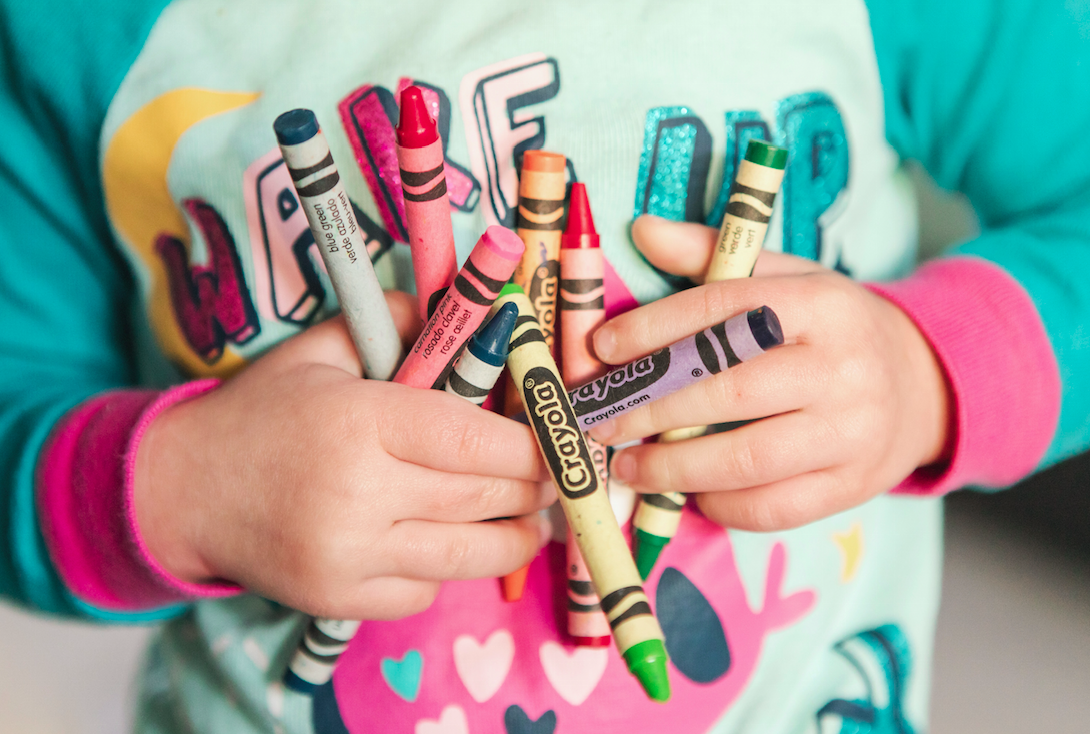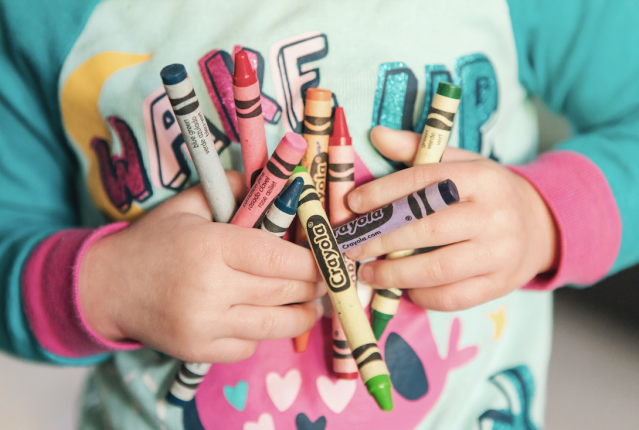
In the face of Covid-19 and unprecedented school closures around the nation, many parents are feeling overwhelmed with the sudden responsibility of their child’s educational welfare on top of everything else they need to accomplish in the day.
Don’t panic. Working with your children at home can be easier and more enjoyable than you think, and it starts with creating an inspiring educational space at home.
Here are my top tips from a decade of working in-home with families and in the classroom as a Montessori teacher:
1. Don’t do everything yourself. Get the kids involved. Have your children set up a designated work area. Allow them to design the space so that it is conducive to a child’s interests. Think: You might move chairs and tables. Child might move cushions and stuffies or make a fort for reading. If your child likes to draw, encourage them to design the space on paper before moving furniture. Drawing, planning, designing…can anyone say art and math skills?
2. Co-Create a Lesson Plan: Allow your children to create their own lesson plan for each day. Young children can draw pictures of what they want to do and older ones can write it out or even create a unique “map” to learning. Printing, spelling, logical thinking skills! Give your child artistic freedom here. You can provide guidelines for these plans such as: they must contain 1 math activity, 1 science, 20 minutes of reading etc. so you know they are covering all the basis.
3. Less is more. You don’t have to go out and buy an excess of supplies for this to be a successful opportunity. Many of you have everything you need already at home or materials to get creative and make supplies. Paper, cardstock, Amazon boxes are easily repurposed into writing pads, files or folders to keep their “home” work orderly.
4. Keep it Clean. Assign kids daily chores that help keep your space clean, inspiring and limit distractions.
5. Not enough space? Designate an area on the floor with a blanket and call it the “work zone”. Outline a square on your dinner table with washi tape and call it “Johnny’s workspace.” Finally declutter that shelf or drawer you’ve been meaning to get to and utilize it for your new home school space.
6. Create mini stations that allow your kids to move around the house. In addition to a designated workspace at the table and a reading fort with a small selection of books rotated daily, consider a “cooking or science lab” in the kitchen, “tech lab” for screen or audio time that gives you a break, a “meditation or yoga corner,” a “dance or music zone” and an “art studio,” etc.
7. Got pets? Move their beds into your new school area so they can be a part of the action.
8. Include snack or lunch as part of the routine and put the kids in charge of making their own. You can set up a sandwich station with all the fixins laid out so that the kids have easy access to assemble their own meals. Prep a trail mix bar by putting out bowls of different foods such as almonds, coconut, raisins, granola, chocolate chips etc. Let the kids scoop their favorites into a baggie and mix it all up for some yummy goodness.
9. Screen time. If there ever was a day to feel guiltless about allowing your kids to watch a show or use that tablet, now is the time! Schedule daily screen time into your routine. This way the kids won’t have to ask for it and you get a reliable bit of downtime.
10. Finally do the thing. You know that chapter book you’ve always wanted to read to the kids? Or the game night that you’ve been meaning to start? Or that knitting you’ve wanted to teach the children? Now is the time to get to those things you’ve had in the back of your mind for months. Think of all those things you’ve wanted to get to but couldn’t because there just wasn’t enough time. Write ‘em down and make a plan to get started. Put out a special basket for just those items so they are readily available when the time is right!
Once your space is set up for success, 1-2 hours of focused educational time goes a long way. Aim for 4-5 days per week.
For additional academic resources and support, join the @grasshopperacademics on Instagram to ask me your questions and follow along as I share lesson plan ideas, educational games, and other tips and tricks in the coming weeks.
To find out more, check out Grasshopper Montessori, Grasshopper Academics and Listen to my Poppin’ Podcast here!











